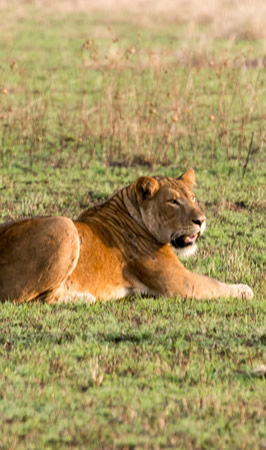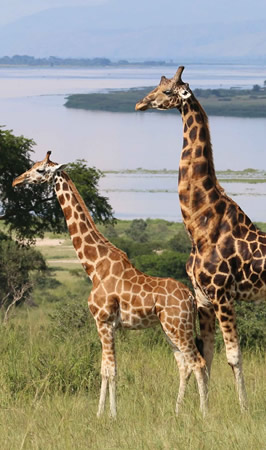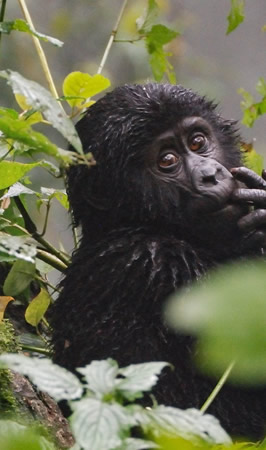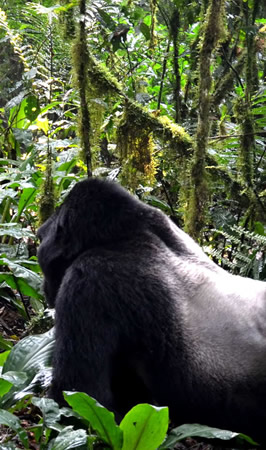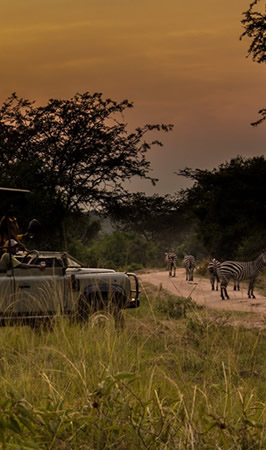Discover Kibale Forest National Park
Wildlife at the Kibale Forest National Park
With 13 different species, the number and diversity of primates in Kibale National Park is the highest in the whole of Africa. The most popular of these are the chimpanzees with over 1450 individuals living here making it the best destination to enjoy a Chimpanzee Tracking Tour. A Uganda safari will enable you to see all these primates. In addition Kibale is home to the uncommon L’Hoest’s monkeys, East Africa’s biggest population of the endangered red colobus monkeys, the black & white colobus, red tailed monkeys, blue monkeys, olive baboons, grey cheeked mangabeys, bush babies as well as potto among many others.
There is a number of other wildlife in Kibale National Park however they are hardly seen. These consist of buffaloes, leopards, bush pigs, elephants, and duikers. A keen viewer may also be able to spot some amphibians, reptiles and a variety of colorful butterflies.
Birdlife
The park is a home to 325 different bird species, including 6 that are native to the Albertine Rift area like the dusky crimsonwing, black-capped apalis, blue-headed sunbird, collared apalis, red-faced woodland warbler and purple-breasted sunbird. Other Kibale specials are the green breasted pitta, African pitta, black bee-eater, Abyssinian ground thrush, yellow spotted nicator, little greenbul, black-eared ground thrush, brown chested alethe, yellow rumped tinker bird, blue-breasted kingfisher, along with the crowned eagle.
The Bigodi nature walk offers the best bird watching opportunities in the park as the swamp alone has approximately 138 bird species. It’s also famous for wildlife such as chimpanzees, red colobus, black and white colobus, red tailed monkey, bushbuck as well as mongoose.
Kibale’s varied altitude supports different types of habitat, ranging from wet tropical forest on the Fort Portal plateau to woodland and savanna on the rift valley floor. Kibale is one of Africa’s foremost research sites. While many researchers focus on the chimpanzees and other primates found in the park, others are investigating Kibale’s ecosystems, wild pigs and fish species, among other topics.
Kibale Forest National Park Ecosystem
Kibale National Park is located close to the serene Ndali Kasenda crater area and it takes a half day’s drive to Queen Elizabeth National Park, Rwenzori Mountains & Semuliki National Parks and the Toro-Semliki Wildlife Reserve.
Southern Kibale borders Queen Elizabeth National Park and collectively these conserved areas protect a 180 km long migration corridor for wildlife that stretches from the remote southern sector of Queen Elizabeth National Park in “Ishasha”, to “Sebitoli” in northern Kibale.
Kibale’s varied vegetation offers different varieties of wildlife habitat, ranging from the moist evergreen forest (wet tropical forest) along the Fort Portal plateau, then through the dry tropical forest (moist semi deciduous), and then to the woodland and savanna along the rift valley floor. In the central part of the park, around Kanyanchu, the high forest consist of a mixture of evergreen trees and deciduous with the evergreen species being dominant. The vegetation rises to over 55m and establishes a semi-closed canopy of massive stratified tree crowns. With shade tolerant herbs, a variety of ferns, shrubs and broad leaved forest grasses, the undergrowth is sparse. 351 tree species have been registered in the park.
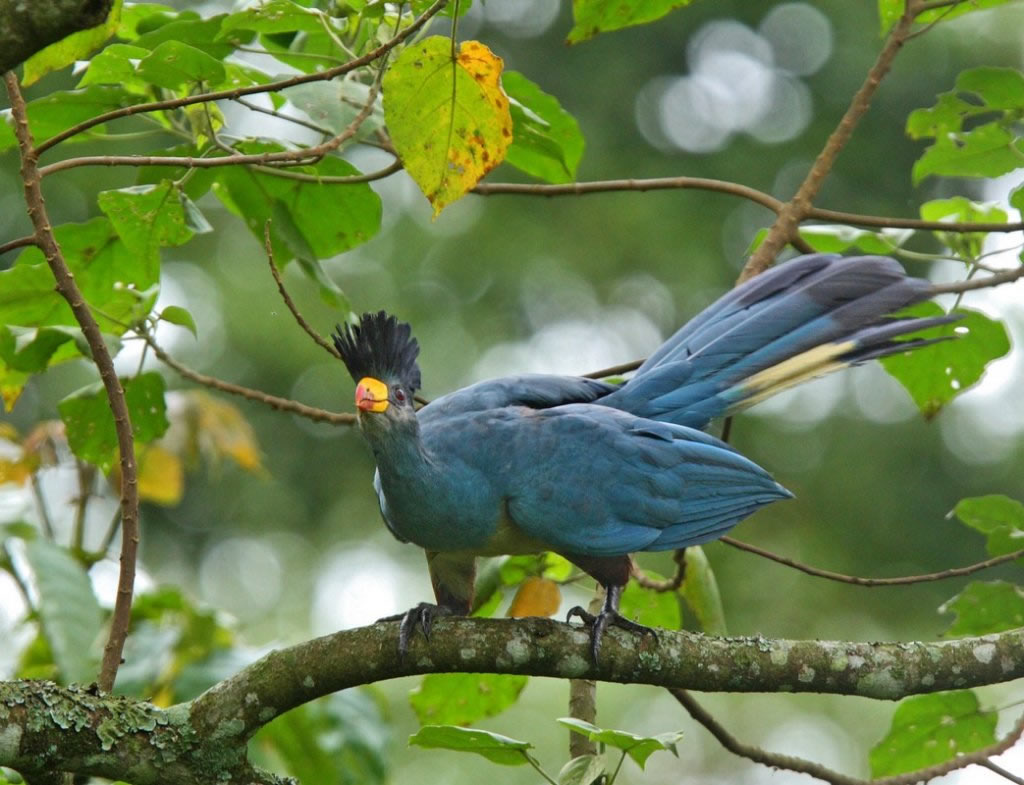 The Great Turaco at the Kibale Forest National Park
The Great Turaco at the Kibale Forest National Park 

